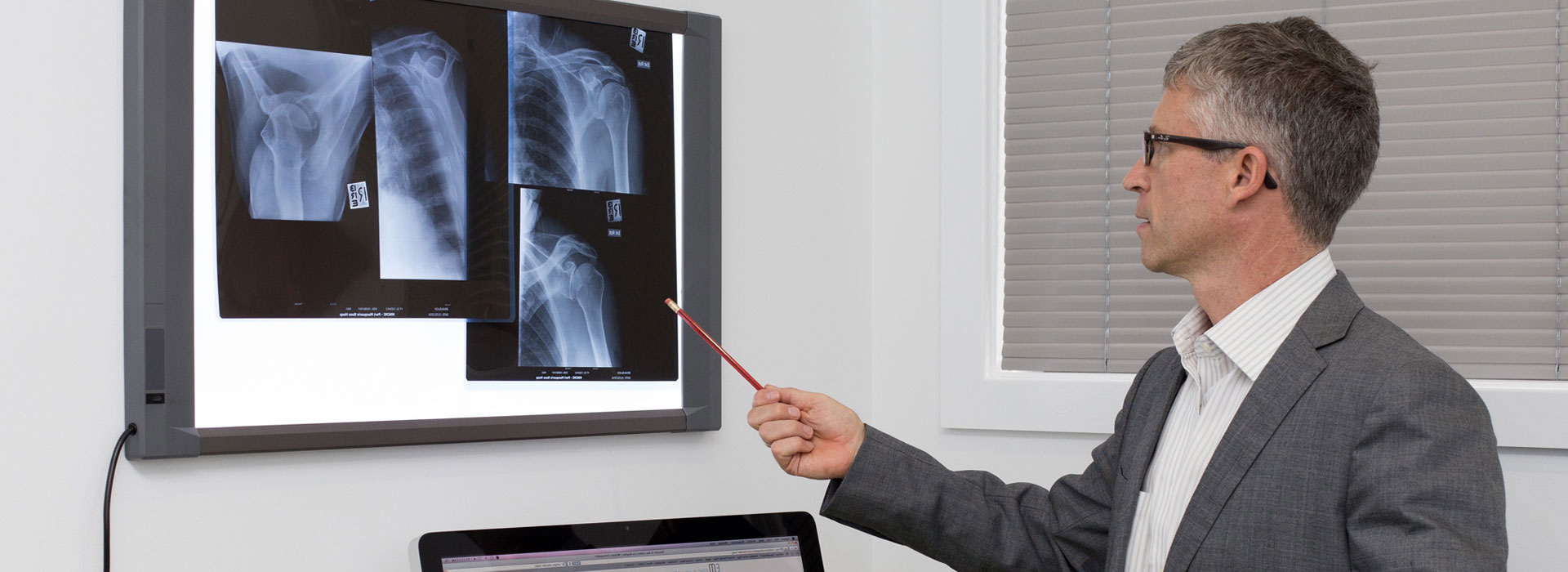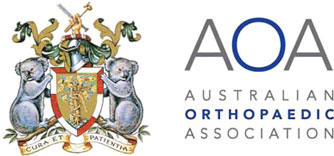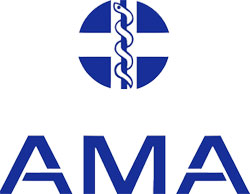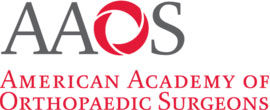Description
Calcific Tendonitis are deposits of calcium which form within the Rotator Cuff Tendons of the shoulder. The cause of formation of these deposits is unknown, generally occurring in people of middle age and can occur in both shoulders. In over 90 percent of cases they disappear spontaneously but this may take 12 -18 months. Symptoms vary, some patients may experience very little pain whilst in others the pain may be quite severe.
Calcific Tendonitis usually progresses predictably and almost always resolves eventually without surgery.
Stages
Pre-Calification Stage: Patients usually do not have any symptoms in this stage. At this point in time, the site where the calcifications tend to develop undergo cellular changes that predispose the tissues to developing calcium deposits.
Calcific Stage: It is during this stage that calcifications form due to calcium being excreted from cells. Once formed a so-called resting phase begins , which is not a painful period and may last a varied length of time. It is after this phase that a re-absorption phase begins, this can be the most painful time of calcific tendonitis. The calcium deposits are described toothpaste like.
Post-calcific Stage: This is usually a painless stage as the calcium deposit disappears and is replaced by more normal appearing rotator cuff tendon.
Sometimes the calcium deposit can cause impingement. This is where the tendon is larger due to the calcium, and it rubs against the bone above. The irritation can cause inflammation known as bursitis. This is a painful condition, usually worsened with overhead activity and at night. Treatment for this condition involves anti-inflammatory tablets, physiotherapy, and occasionally cortisone injections. These symptoms usually resolve when the calcium resorbs.
When the calcium deposits persist and symptoms do not resolve as expected, surgery is often necessary. This is usually an arthroscopic (keyhole) procedure to shave the bony spur above the tendon to increase the space. Occasionally the tendon needs to be repaired due to the hole left behind once the calcium is removed.
After surgery, a sling is worn and physiotherapy exercises begin with a dedicated physiotherapist. Exercises will vary depending upon the extent of the damage and repair of the tendon.







